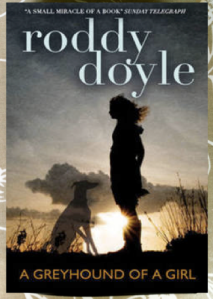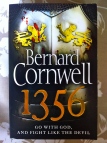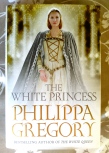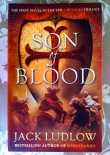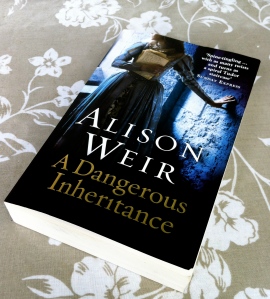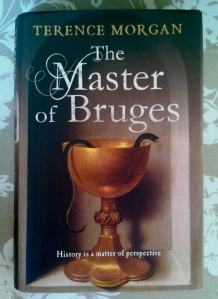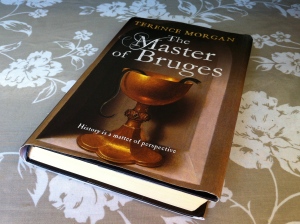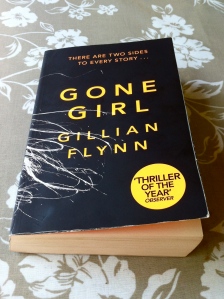Published: 2011 (paperback), Marion Lloyd Books, 168 pages
Children’s/Young Adult fiction
Review
This novel sensitively deals with themes of love and bereavement through the bond between four generations of women: girl, mother, grandmother and great-grandmother. Exploring these themes through different stages of womanhood, the novel is perhaps less suited to male readers. The few male characters are generally sidelined in favour of focusing on the relationship between the four central female characters: Mary, a wisecracking twelve-year-old journeying into womanhood; Scarlett, Mary’s mother; Emer, Mary’s grandmother dying in hospital and Tansey, Mary’s great-grandmother who passed away from influenza.
Despite having passed away in 1928, Tansey plays a vital role in A Greyhound of a Girl. The novel is essentially a ghost story, of which Tansey is the ghost. Yet the novel is not a conventional ghost story: the story is not one of fright and shocks, but rather of the touching, unwavering bond between four women who support each other in dealing with death and their mortality.
Believing she ‘died too soon and [… ]died too quickly,’ Tansey returns to present day, ‘lingering’ as a ghost and unable to bare leaving a loved one. Tansey longs to comfort her daughter, Emer, in her dying days and young Mary and her mother are instrumental in making this happen. Together, the four women embark on a remarkable road trip of reflection and remembrance along the east coast of Ireland to the farm where Emer was raised with Tansey: ‘One of them dead, one of them dying, one of them driving, one of them just beginning’.
Do the four women reach their destination before Emer’s condition deteriorates? Struggling to maintain her ‘solid’ state, can Tansey remain as a ghost long enough to help give Emer a proper send off?
Overall
Would I recommend this book? Yes
★★★☆☆
The novel has a non-linear structure, alternating between Mary’s present day point of view and chapters which journey back in time through the lives of Scarlett, Emer and Tansey. Doyle balances a poignant, heartrending plot with upliftingly witty and relatable characters; A Greyhound of a Girl will make a reader cry and laugh in equal measure.
If you are looking for an easy yet thought-provoking read, this could well be the novel for you.

